What is Vietnam known for? This is a question with complex answers. Few nations have changed quite as dramatically in the last half-century as this one.
After the fall of Saigon in 1975, the war-torn country lay in ruins. Today, however, Vietnam is one of the cultural and economic powerhouses of Southeast Asia, with booming art and food scenes. There’s a real sense of innovation and energy here, as well as a respect for the past.
Travelers today can expect to find a beguiling blend of sandy beaches and verdant jungles, glittering skyscrapers and ancient temples, street food and fine dining. This is a country of staggering cultural and geographic diversity, with much to explore. Here are just a few of the things Vietnam is famous for.
Pho
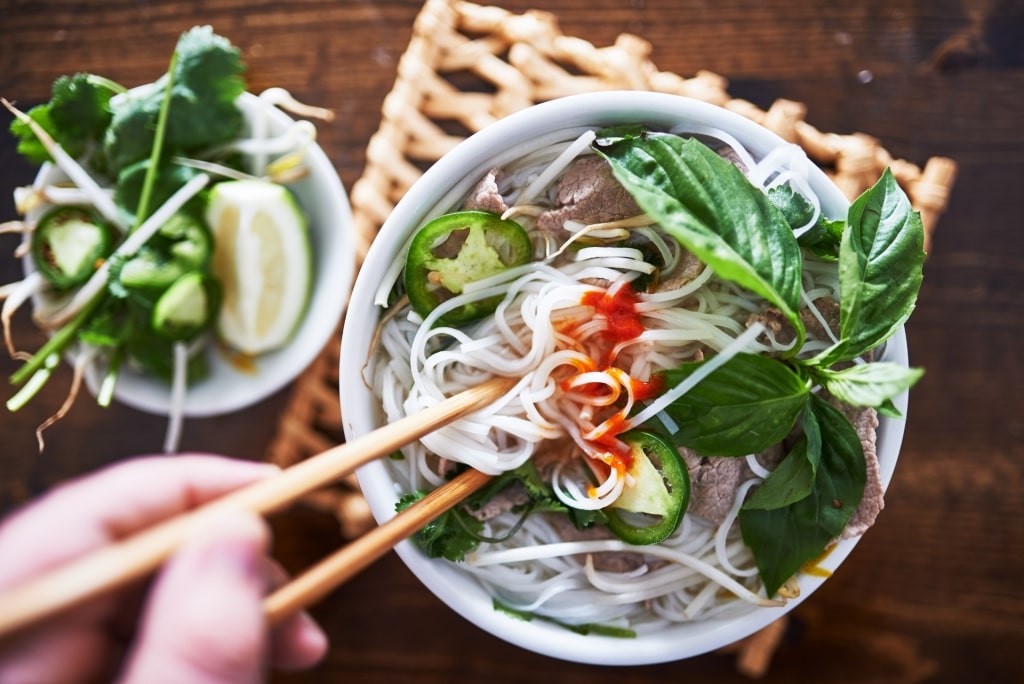
Pho
What is Vietnam famous for? Pho, for sure, which has been adopted by countries all over the world. While this noodle soup can be slurped anywhere now, there’s nowhere that does it better than its country of origin. As with so many iconic dishes, the origins of pho are heavily debated. The general consensus is that it first emerged during the tail-end of the 19th century in Hanoi.
This popular Vietnamese dish clearly draws on the influence of Chinese immigrant communities, as well as French-colonial influence. Some believe that the word “pho” is derived from the French “pot-au-feu,” a dinner of slow-simmered beef.
At its most elemental, pho consists of a collagen-rich beef stock that simmers for hours—or sometimes days—with warm spices including cinnamon and star anise. The broth is then ladeled over rice noodles and various cuts of beef. From that starting point, cooks can riff endlessly. Chicken pho is also popular and newfangled variations might include anything from peanut paste to whole short ribs and marrow bones.
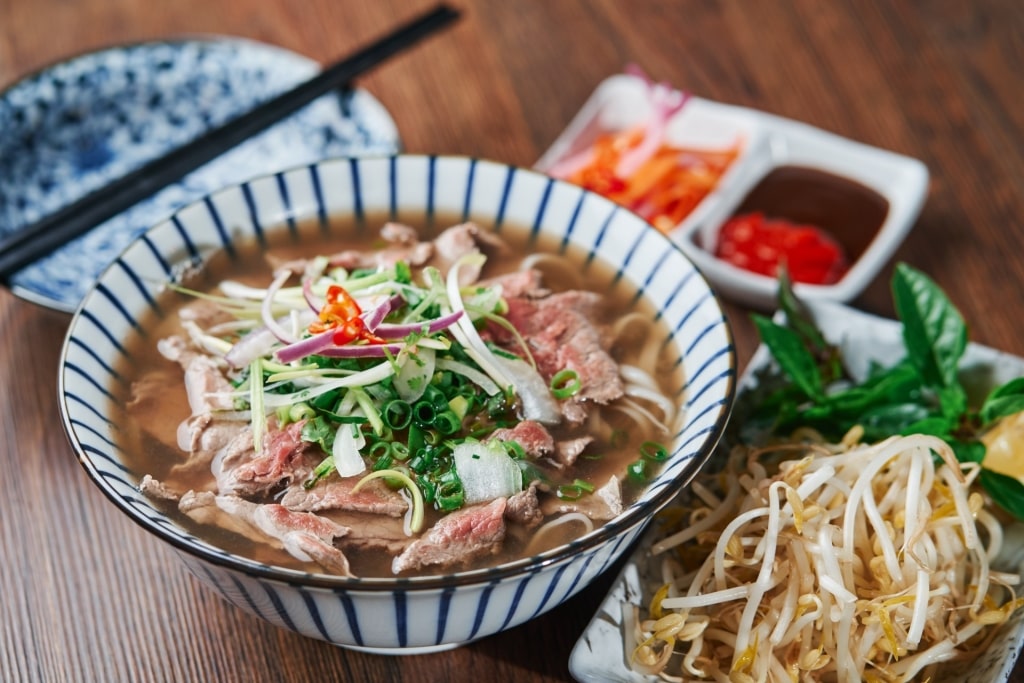
Pho
For uninitiated travelers, there are a few things to know about pho on its home turf. For starters, it’s most commonly eaten as a breakfast food. Many of the best eateries serving pho close up shop shortly after lunch time.
Secondly, there are significant regional differences between Northern- and Southern-style pho. The former looks almost austere at first glance, often with nary a garnish in sight. Don’t let Hanoi-style pho’s plain appearance fool you though—those soulful bowls are packed with flavor.
Meanwhile, in Ho Chi Minh City, locals load up bowls with bean sprouts, herbs, and condiments. Both are absolutely delicious and there’s a fierce, friendly rivalry between the two cities as to who does it best.
Halong Bay

Halong Bay
With its immense, jungle-draped limestone karsts jutting up from turquoise waters, Halong Bay is one of the most photographed places in the world.
Pictures can’t really do this UNESCO World Heritage Site justice, though. The bay is dotted with more than 300 of these distinctive karst islands, most of which are riddled with natural caves.
There are plenty of ways to appreciate this natural wonder. By far the most popular is a cruise through the bay. Athletically inclined travelers may prefer to hop into a sea kayak to paddle around at their leisure. Rock climbers, meanwhile, will find clambering up the sheer sides of the karsts to be wildly fun.
Read: Best Beaches in Vietnam
Sung Sot Cave

Sung Sot Cave
This sprawling limestone cavern in Halong Bay was once known by a particularly charming French name: Grotte des Surprises, or “Suprise Grotto.” It’s not hard to imagine how explorers visiting the bay in 1901 must have gasped in awe when they walked inside.
One of the best caves in the world, it has passages that cover more than 100,000 square feet. Stalagmites and stalactites festoon the whole cavern. The cave itself, which rests on the island of Bo Hon, is only accessible by boat. The Waiting Room and the Serene Castle, two of the main interior chambers, are as broad and high-ceilinged as a Gothic cathedral. Both are brilliantly illuminated to show off the dazzling limestone rock formations.
Hanoi’s Old Quarter
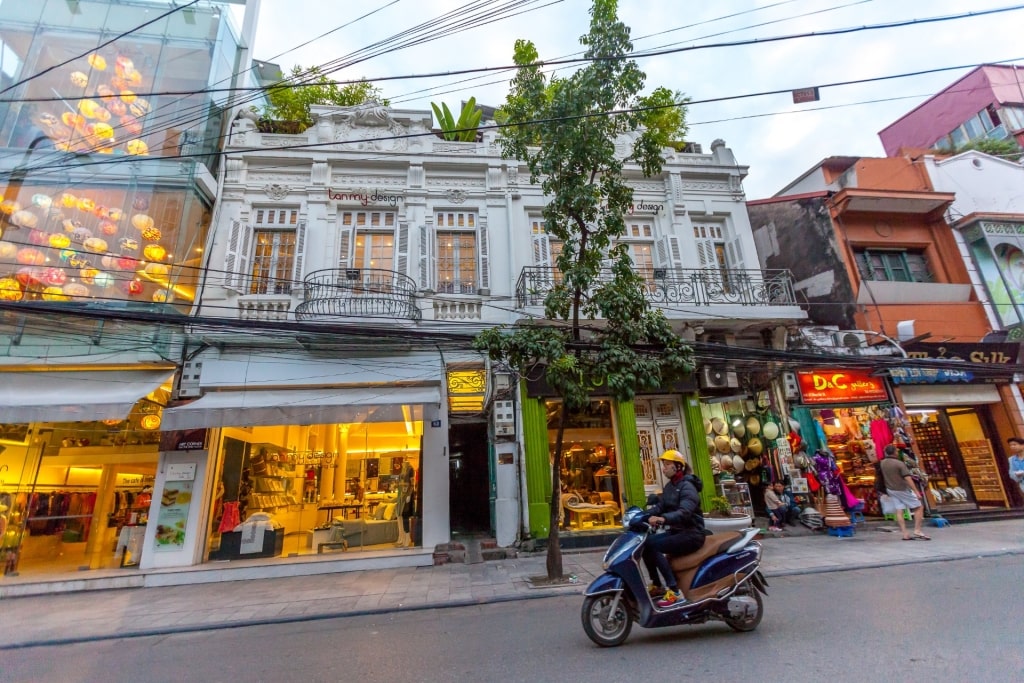
Old Quarter, Hanoi
At the heart of Hanoi lies a web of interconnected alleys with a 1,000-year-old history behind them. Each of the streets in Hanoi’s Old Quarter has long been dedicated to a particular artisanal craft. Often referred to as the 36 Old Streets, the area actually encompasses over 70 streets.
Whether you’re shopping for Vietnamese souvenirs to take home or simply want to soak in the sights, take a few hours to get lost in this maze.
A few of the standouts to keep in mind are Hang Gai Street, which offers embroidery and silk products; Lang On Street, with herbal medicines; and Hang Quat, with beautiful flags. Hang Bac Street is renowned for its ornate silver jewelry. On Hang Thiec Street, you can still see metalsmiths hammering tin into kitchenware and home goods.
Read: Best Things to Do in Hanoi
Reunification Palace, Ho Chi Minh City
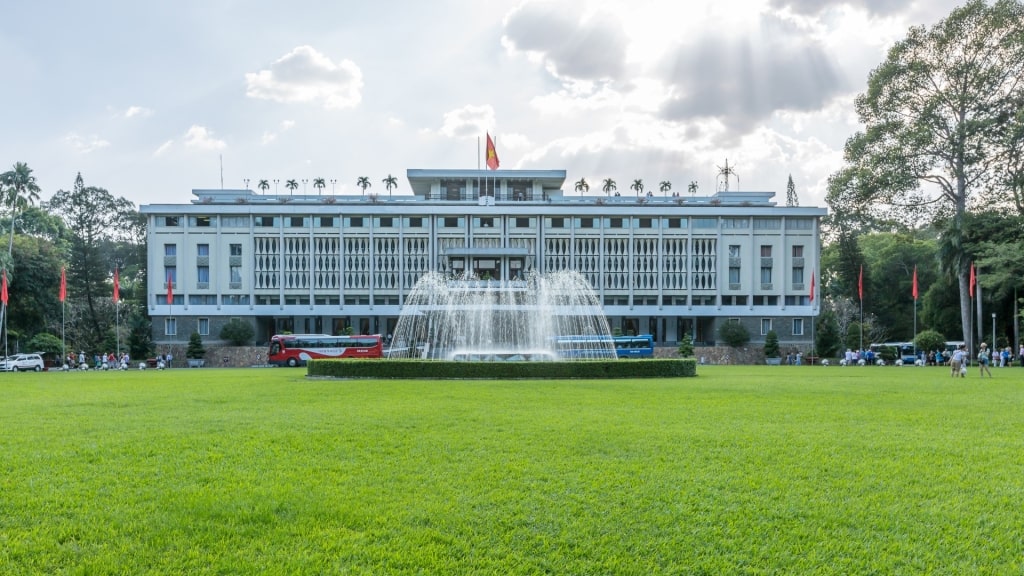
Reunification Palace, Ho Chi Minh City
During the Vietnam War, this building, which is also known as Independence Palace, was the seat of power for the Republic of Vietnam. When Saigon fell in 1975, the Northern Vietnamese troops stormed straight into this palace and took over. Thankfully, the army decided to leave the palace intact, which is why visitors can still tour the space today.
The halls of this space are steeped in history. Anyone who has watched footage of the end of the war will recall the image of Viet Cong leaders draping their flag over the structure. Since the palace is still used for official political ceremonies at times, it is not always open to the public. When it is, a tour through these halls with free audio guides is one of the best things to do in Vietnam for a fascinating look at the past.
Saigon Notre Dame Cathedral
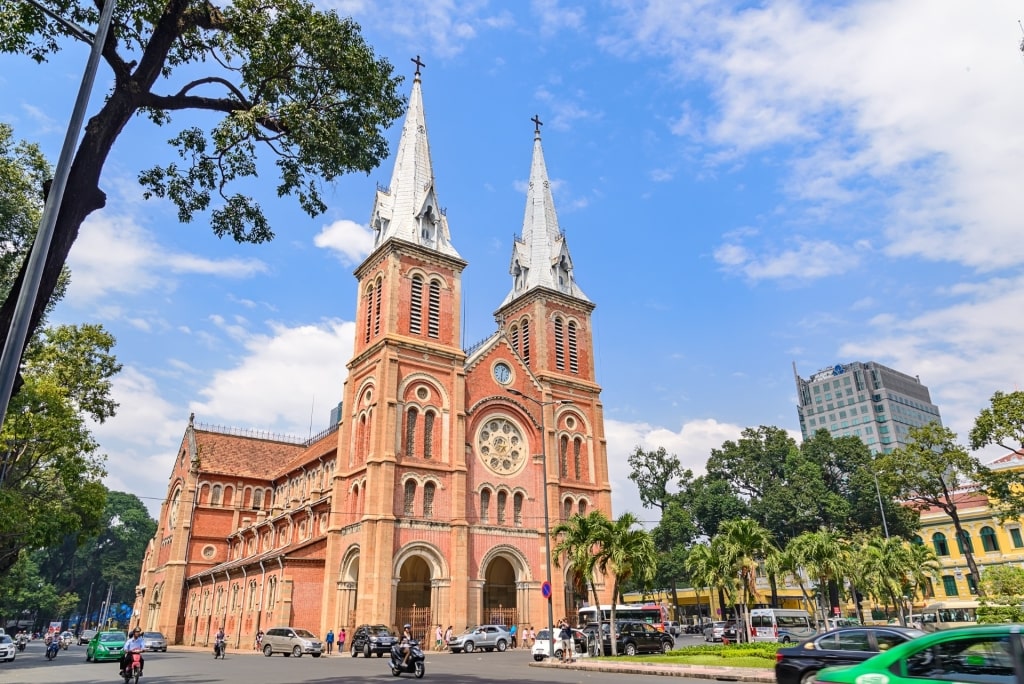
Saigon Notre Dame Cathedral, Ho Chi Minh City
Nowhere is Vietnam’s French colonial past more visibly evident than this striking basilica in the heart of Ho Chi Minh City. A Roman Catholic Church of some sort of another has stood on this site since the 1860s. The current iteration, however, dates back to 1877 and was not completed until 1895.
No expense was spared in constructing this grand edifice. The stained glass was produced in Chartres, France; the tiles fired in Marseille. Two imposing bell towers with six bronze bells would be enough to keep Quasimodo occupied.
Cà Phê Culture
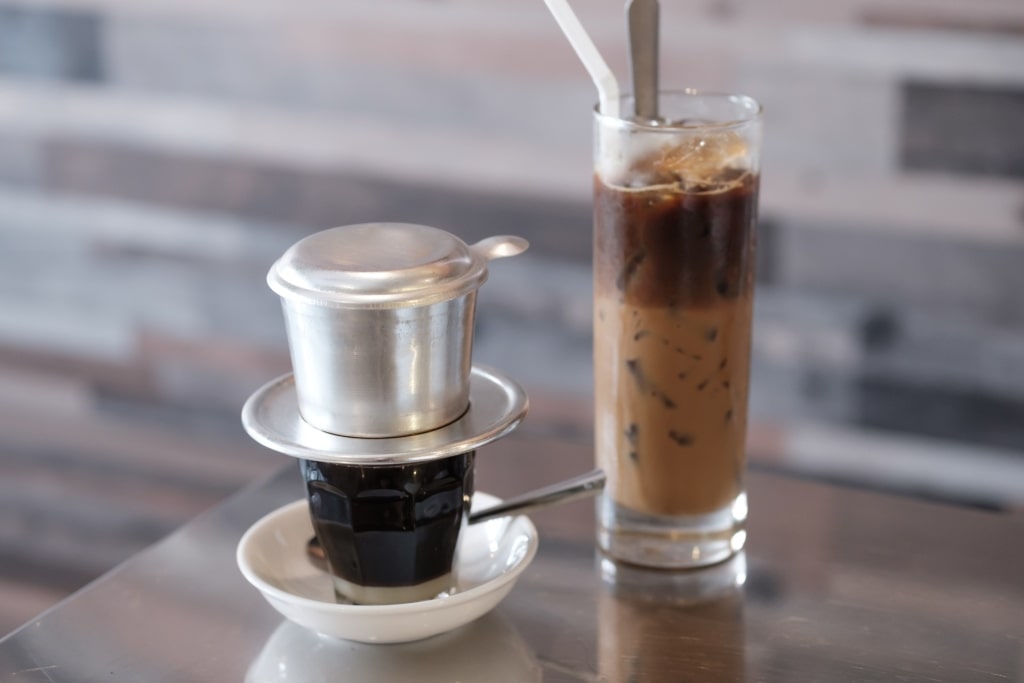
Vietnamese coffee
Vietnam’s love affair with coffee goes back to the mid-19th century, when a French Catholic priest planted the first Arabica tree. Today, this caffeine-obsessed nation has everything from street-side coffee stands to upscale third-wave cafés.
The traditional Vietnamese cà phê sữa đá (iced milk coffee) is the perfect way to cool down on a steamy afternoon. Expect a strong, dark-roasted drip coffee lightened with sweetened condensed milk and poured over ice.
Should you find yourself in Hanoi, be sure to try cà phê trứng, or “egg coffee.” Frothy, whipped egg yolks give this dessert-like drink its luscious texture. Curiously, although egg coffee tastes like a luxury, it was invented in response to dairy shortages during the French War in 1946. In today’s more plentiful times, baristas often add condensed milk to make it even richer.
The Cu Chi Tunnels
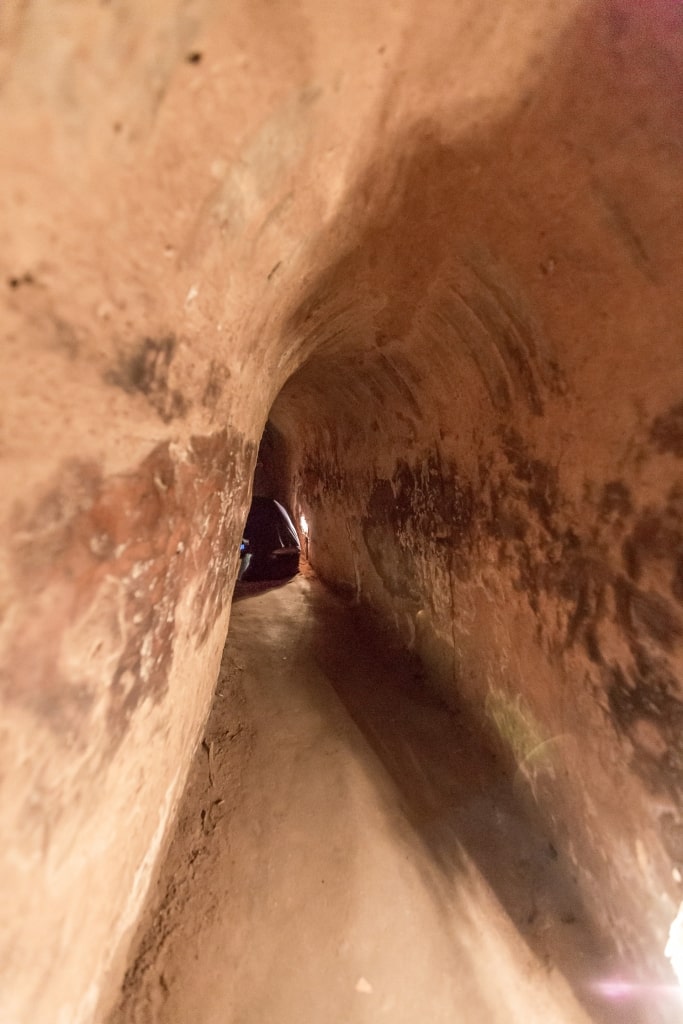
Cu Chi Tunnels
For military history buffs, a day trip from Ho Chi Minh City to visit this subterranean labyrinth is essential. The Cu Chi Tunnels once covered more than 150 miles. They were built to battle the French in the 1940s, then later used by the Viet Cong in the 1970s. Despite the U.S. military’s attempts to destroy them, more than 70 miles are still fully intact to this day.
What’s most remarkable about the Cu Chi Tunnels is the fact that they were more than a hiding place; they were something akin to a city below the Earth’s surface. In addition to booby traps to keep out attackers, the tunnels had everything from theaters to schools. Visitors today may find it hard to fathom living in these confined quarters, but they provided a key safe haven at the time.
Banh Mi
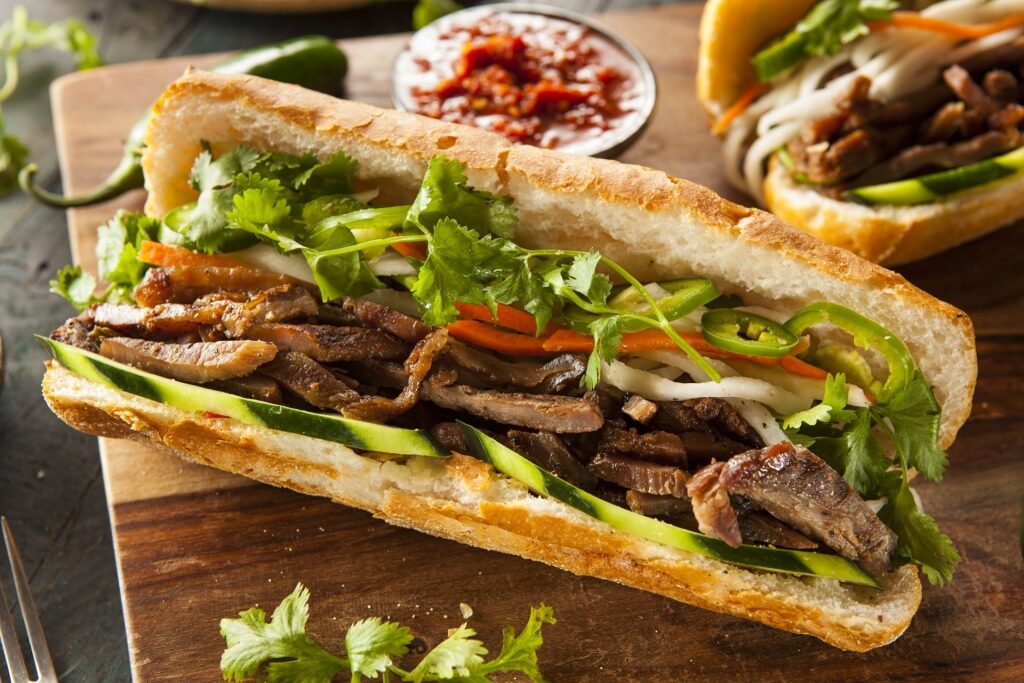
Banh mi
Vietnam’s most famous sandwich is an example of fusion food done right. Under colonial rule, the French brought a number of their preferred foods with them, most notably baguettes. After the French were defeated in the 1950s, the Vietnamese continued baking—with a few changes. The French often enjoyed their bread smeared with salted butter and topped with ham. When these ingredients became pricier to procure, locals adapted, with far more flavorful results.
By the late 1950s, shops in what was then called Saigon were slathering their baguettes with mayonnaise, adding pork pate, pickles, and cilantro. The banh mi continued to evolve in response to wartime shortages during the 1970s. As refugees fled the Vietnam War, they took their banh mi with them to diaspora communities, where it morphed further still.
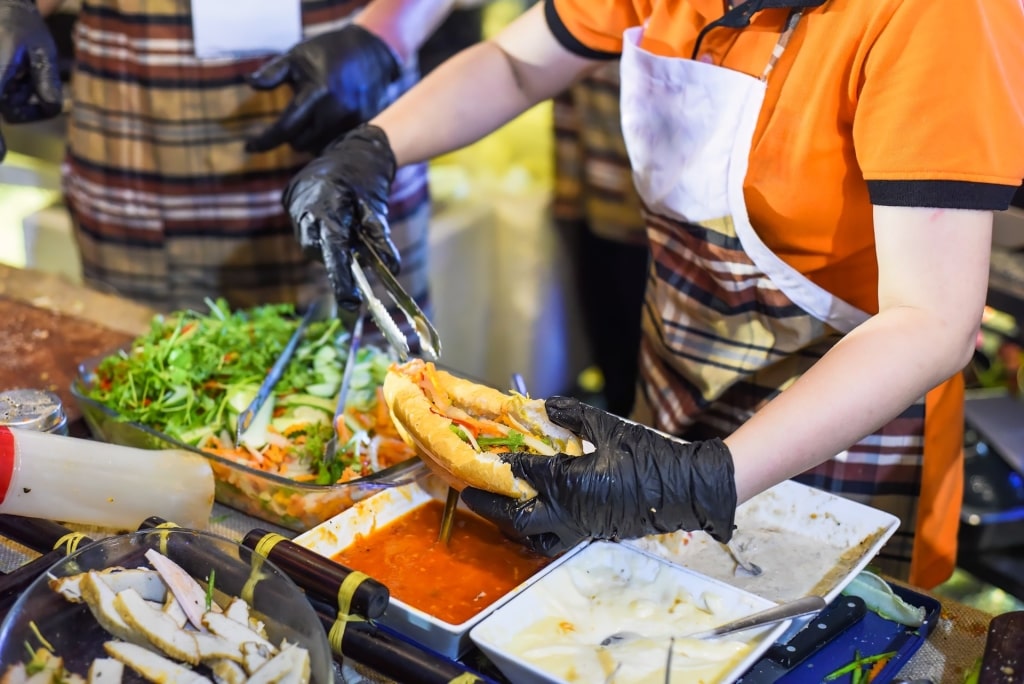
Banh mi
While locals in Ho Chi Minh City especially have fierce opinions about who makes the best banh mi, that doesn’t mean there’s only one right way to do it. The exact combination of meats, condiments, and pickles vary immensely from cook to cook. One factor that must be consistent, however, is the bread. A baguette for a banh mi should be fluffier than a traditional French baguette, with a yielding, crackling crust that contains all the juices.
The Golden Bridge
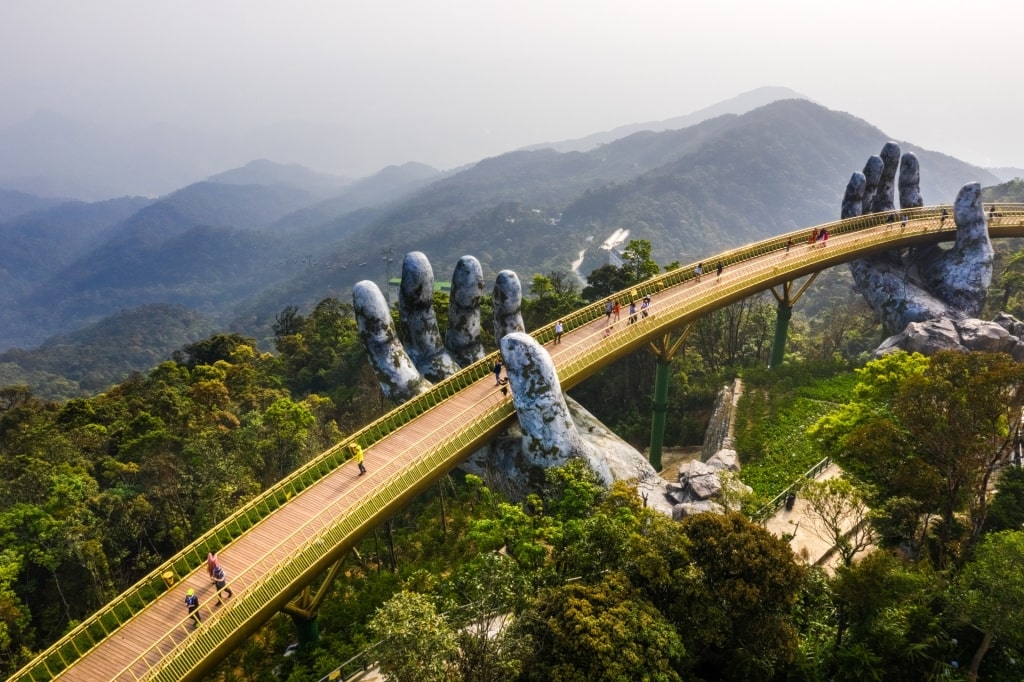
Golden Bridge
Chances are high you’ve seen a photo of the stunning Golden Bridge outside of Danang, known as one of the best places to visit in Vietnam. That’s because this 500-foot-long architectural marvel looks like something from a film set.
The bridge, which first opened in 2018, appears to be suspended by two giant sculptural hands. There are impressive views from all points, not to mention ample opportunity for selfies.
Bia Hơi and Craft Beer

Craft beer
Vietnam has had a strong beer-drinking tradition for generations. Historically, bia hơi is the beverage of choice here. Unlike Western stouts and lagers, which often age for months or years, this light, low-alcohol beer is brewed fresh daily. Motorbike drivers then haul the beer to informal bars all over Hanoi and Ho Chi Minh City. Bia hơi culture is all about socializing, preferably with some salty, savory snacks to pair with the beer.
While bia hơi is still often the libation of choice, these days Vietnam is also home to a thriving craft beer scene. Pasteur Street Brewing Company in Ho Chi Minh City was a pioneer of the movement, thanks to award-winning beers highlighting local ingredients. Their Cyclo Imperial Chocolate Stout, made with Vietnamese chocolate by Marou, is a fan favorite.
Heart of Darkness, meanwhile, offers plenty of refreshing options like a lemongrass wit and a cucumber pilsner. Finally, East West Brewing in Ho Chi Minh City and Danang serves up Western-style comfort food with their pours. All of these spots are open during the daytime and very family-friendly, in case traveling parents need a break and a cold one.
Hue’s Imperial City
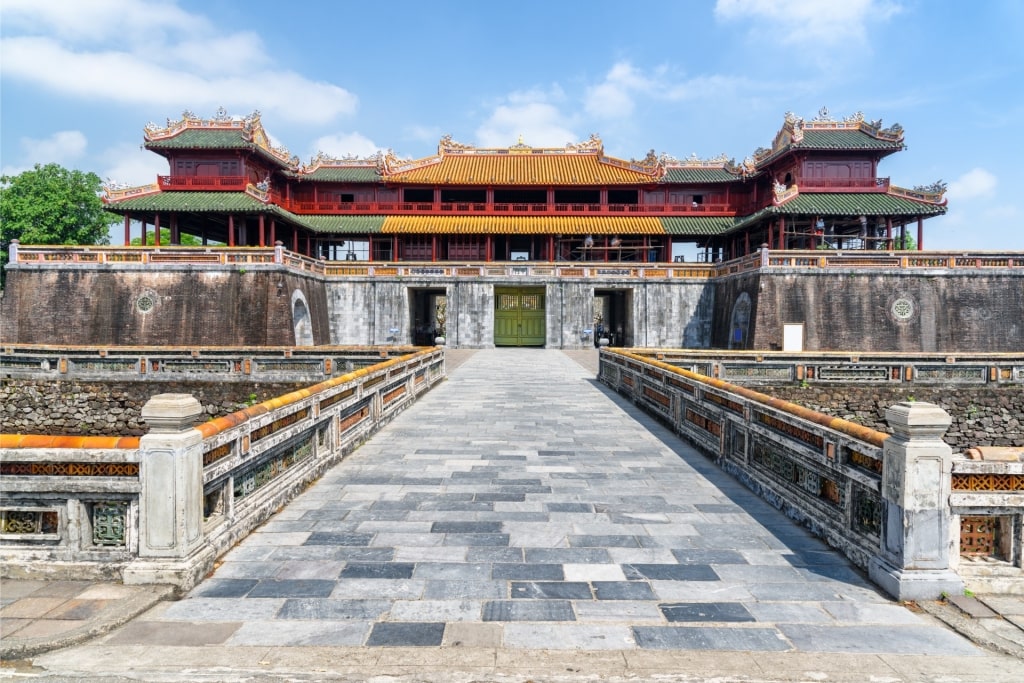
Imperial City, Hue
The Nguyen Dynasty declared Hue the Imperial capital of unified Vietnam in 1802. Its role as the seat of political power held until 1945, when it was moved to Hanoi. While Hue may no longer have that distinction, it still boasts some incredible architecture from the time period. The old fortified Imperial city, a UNESCO World Heritage Site, is truly remarkable.
Ramparts and a moat still encircle the buildings, some of which are still undergoing restorations. The complex feels at times like a Russian nesting doll. The citadel surrounds the Imperial City which in turn surrounds the Purple Forbidden City, once off-limits to all but the ruling class.
Hoi An’s Ancient Town
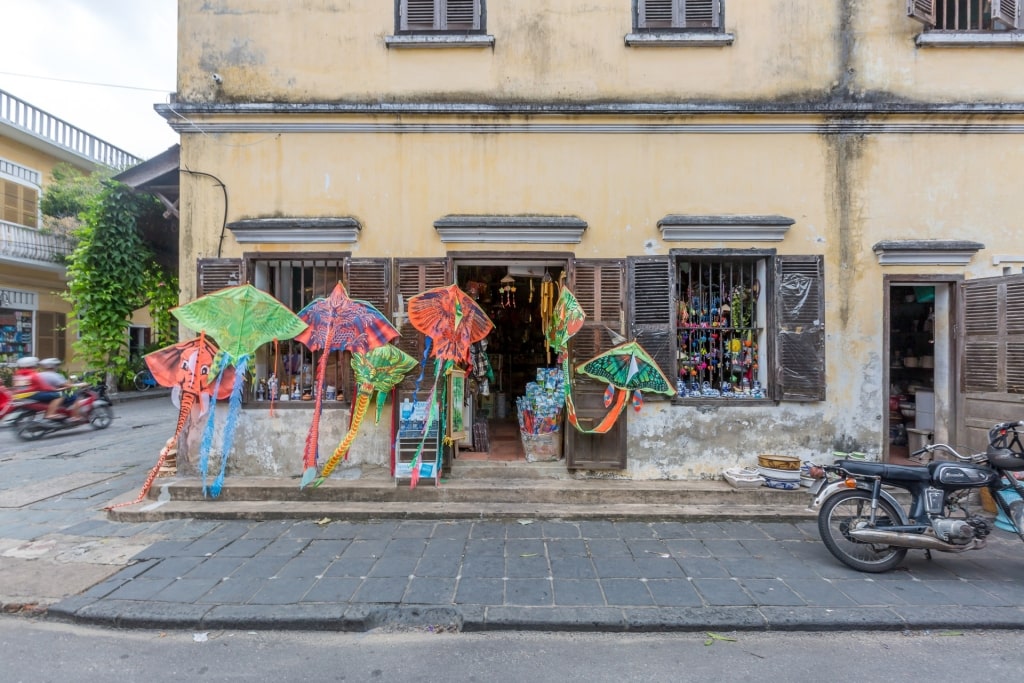
Hoi An
With more than 1,100 beautifully preserved 17th- and 18th-century buildings, Hoi An’s old center is a protected UNESCO World Heritage Site. This was once a key trading port on the Thu Bon River. It’s a joy to explore either on foot or on a rented bicycle.
One of the best places to visit in Asia, Hoi An is remarkably photogenic with its pastel architecture and many colorful lanterns hanging all over town. Be sure to stop by the Japanese Bridge, a 16th-century covered bridge in the heart of town.

Hoi An
Strolling around Hoi An can often feel like perusing a moveable feast. This pedestrian-friendly downtown is street food central, with vendors on practically every corner. One staple not to be missed is cao lầu, Hoi An’s most famous noodle dish.
Supposedly, these rice noodles just aren’t the real deal unless they’re made with water drawn from Hoi An’s Ba Le well. They’re typically served topped with roast or shredded pork, plus pork skin, bean sprouts, and herbs.
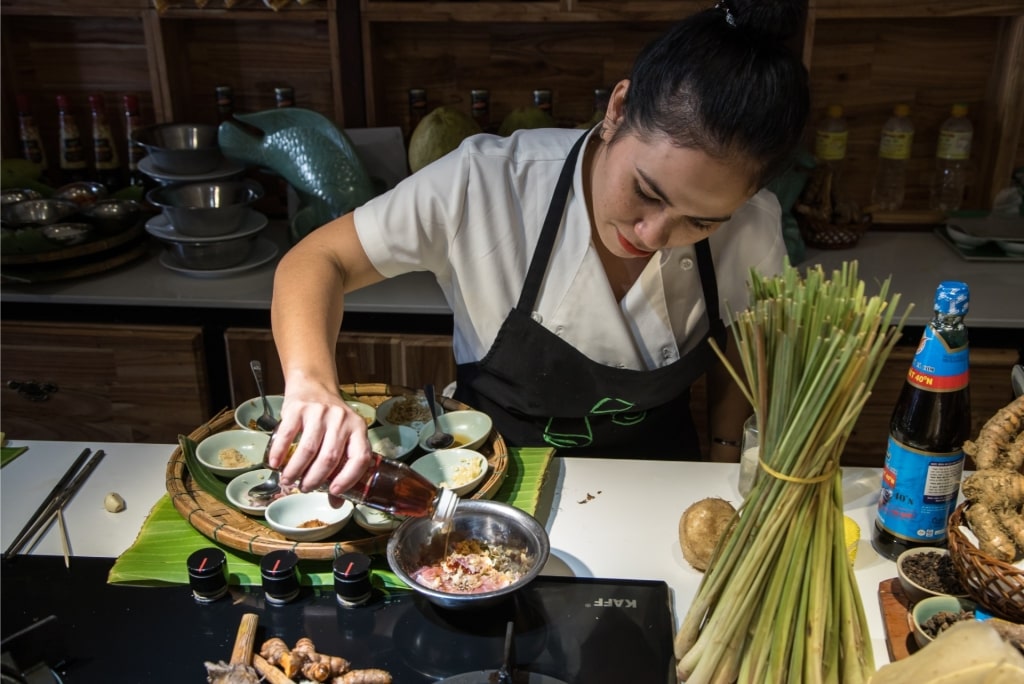
Hoi An
Discover the best of what Vietnam has to offer onboard an exciting cruise with Celebrity. Browse our upcoming Vietnam cruises and book your Asian adventure today.



